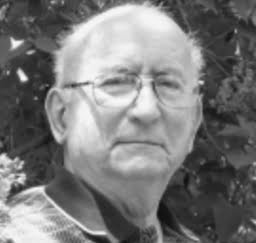Gyula Ivanyi
After graduating from university, he started working at the Experimental Nuclear Reactor (KAR) of the Central Physical Research Institute (KFKI), an organization aimed at preparing the reactor for scientific utilization, where he became involved in the development of multi-channel time analyzers. Later, he transferred to the Electronics Department (EFO), and then to the Measurement and Computing Research Institute (MSZKI).
In 1960, he completed a Ural I computer course in Penza (USSR), and then participated in starting the operation of the machine in his home country.
After that, together with his colleague József Lukács, he initiated the creation of a digital minicomputer corresponding to the DEC company's PDP type by the Institute. Iványi (along with János Bogdány as the chief hardware designer) managed the development of the TPA 1001, a minicomputer built from discrete components, as the lead system designer. (The computer was presented with great success at the 1st Hungarian Computer Exhibition in Esztergom in 1968.) The developers later received a State Award.
Around 1973, he transferred to the Computer Coordination Institute (SZKI). Here he became one of the developers of the first Hungarian-designed microcomputer, the M05X manufactured by SZKI.
Towards the end of the 1970s, he permanently left for abroad; he went to Canada. He also worked for a short time in the USA, in Boston.
In addition to his professional skills, his intelligent, quiet, and modest leadership style significantly contributed to his recognition and acceptance.
Award: State Award, 2nd degree (shared, 1973).
- Iványi's "visionary" abilities are demonstrated by the fact that very early on, even before the development of the minicomputer, he sensed the potential of minicomputers in automating business processes. Under his guidance, a general-purpose data processing program called MINIBOL (Mini Business Oriented Language) was created in 1971, which enabled the simple management of files composed of records. Iványi and his team selflessly met the serious international demand for the pioneering program (by sending the documents via the most modern device available at the time, a Teletype).
- Many stories about his person, cheerful personality, and lovability circulate among his former colleagues.
Created: 2020.07.23. 17:53
Last modified: 2024.06.07. 17:51

